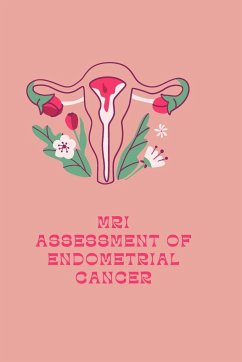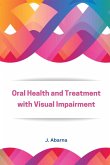In recent years, magnetic resonance imaging (MRI) has emerged as a valuable tool in assessing endometrial cancer, offering crucial insights into disease staging, treatment planning, and patient management. Endometrial cancer, a prevalent gynecologic malignancy, demands accurate and non-invasive methods for comprehensive evaluation, and MRI has proven its worth in meeting these challenges.This article, authored by Aditya Roy, delves into the pivotal role of MRI in diagnosing and staging endometrial cancer. The review encompasses the technical aspects of MRI protocols, highlighting the importance of high-resolution imaging and advanced techniques like diffusion-weighted imaging (DWI) and dynamic contrast-enhanced MRI (DCE-MRI). The article emphasizes the significance of accurate preoperative staging, facilitating personalized treatment strategies, and reducing unnecessary surgeries.Moreover, Aditya Roy discusses the emerging role of functional MRI parameters in predicting treatment response and monitoring therapeutic outcomes. The article sheds light on integrating artificial intelligence and radionics to enhance diagnostic accuracy and risk stratification.In conclusion, "MRI Assessment of Endometrial Cancer" by Aditya Roy encapsulates the transformative impact of MRI in endometrial cancer management, underscoring its potential to refine clinical decision-making and improve patient outcomes.








